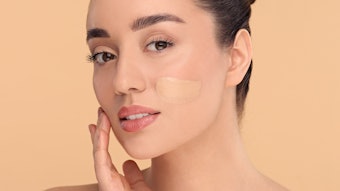Acne, an inflammatory disease of the sebaceous glands, is a common skin disease that induces inflammation at the skin surface of the face, neck, chest or back. Adolescents and young adults are most often afflicted, with estimates of 85–100% of 12- to 24-year-olds being affected, at least intermittently, during those years.1
The likelihood of developing acne is greatest during adolescence because hormone levels become elevated. Elevated hormones stimulate the sebaceous glands, which are attached to hair follicles, to produce greater amounts of sebum. An acne lesion such as a whitehead, blackhead or pimple occurs when a hair follicle becomes plugged with the sebum and dead cells. The etiology of acne lies in a confluence of several factors, including: hormonal imbalance, bacterial infection, stress, diet and the application of cosmetic products.
Propionibacterium acnes (P. acnes), one of the major organisms isolated from the skin’s surface,2 specifically induces an inflammation in the sebaceous glands or hair pores.3 P. acnes secretes lipase and degrades sebum oils into free fatty acids (FFA), which are potent acne stimuli. FFA are major irritative components of skin surface lipids. Intracutaneous injection of small amounts of FFA, as compared with other surface lipids, produces a marked inflammatory response.4










